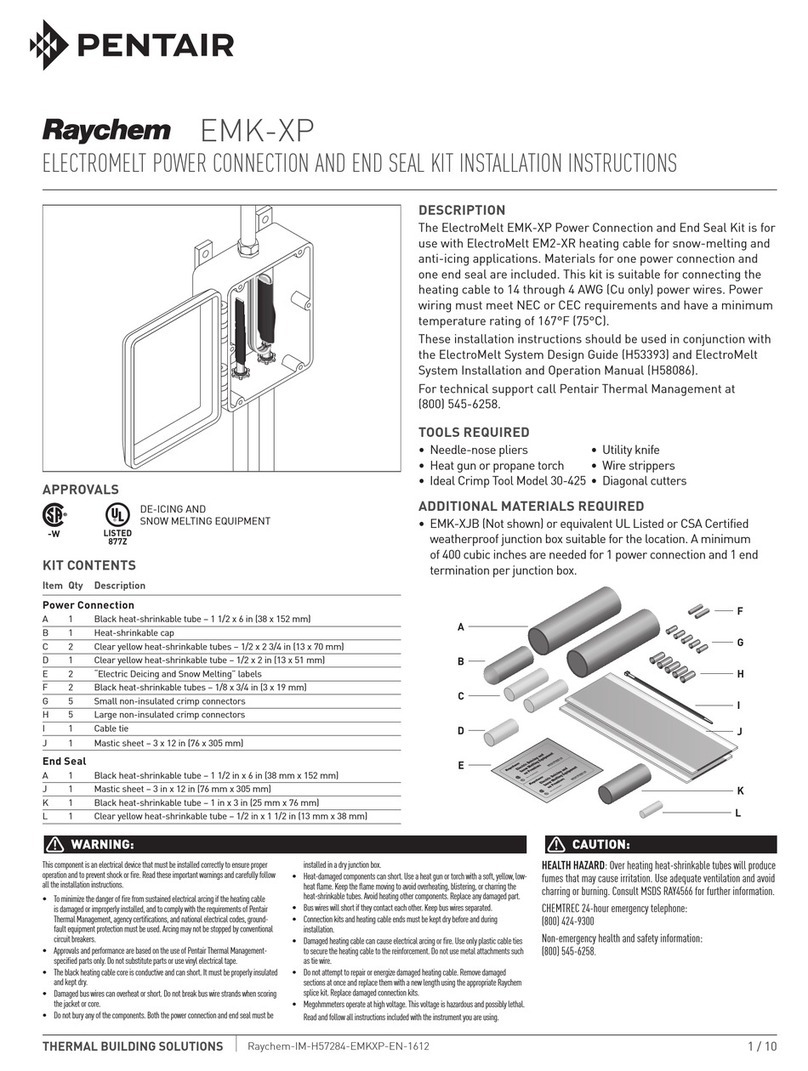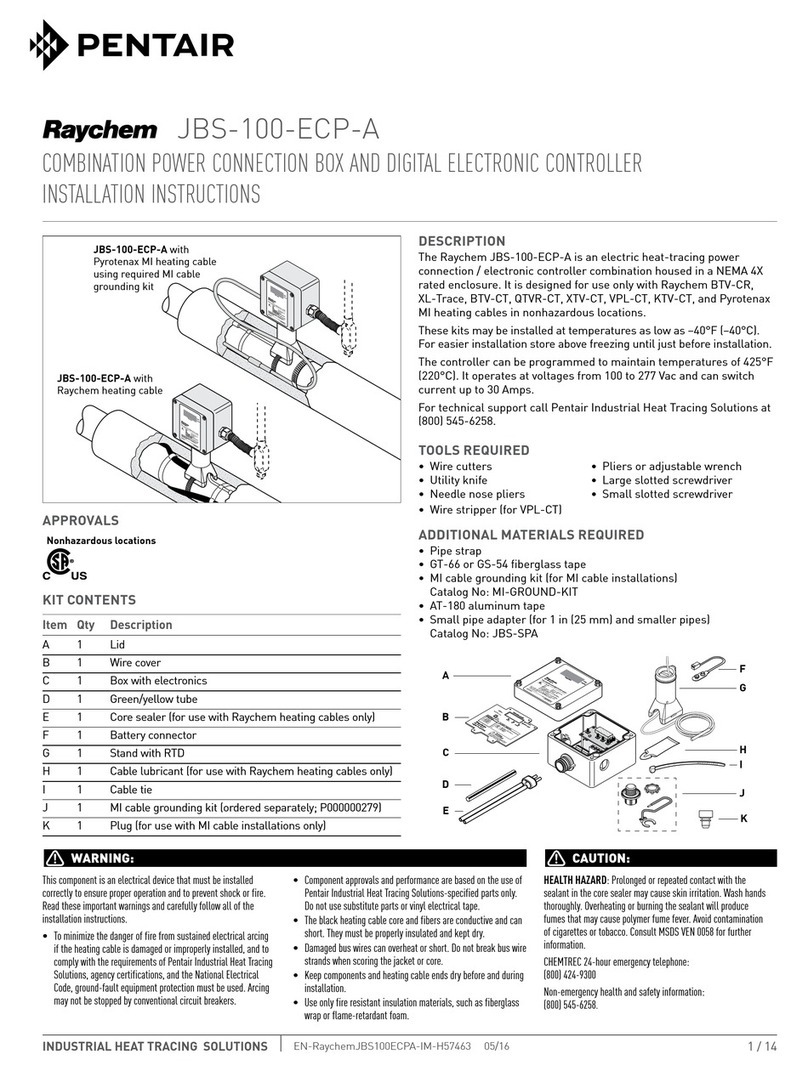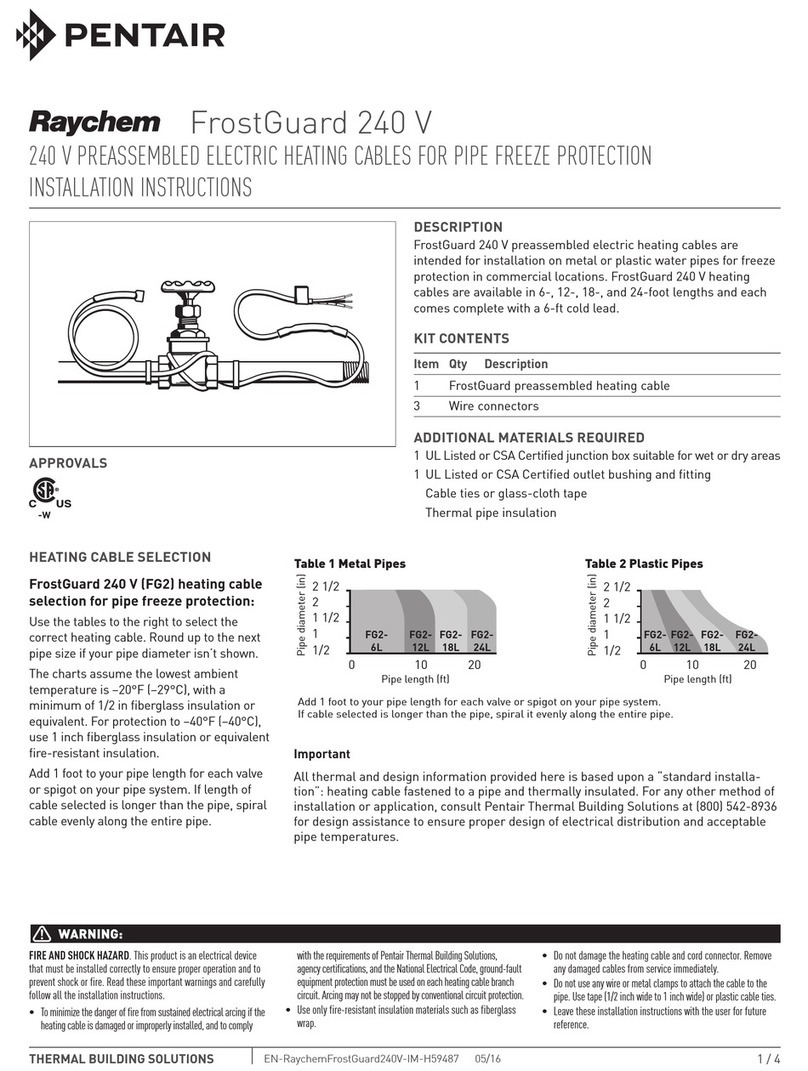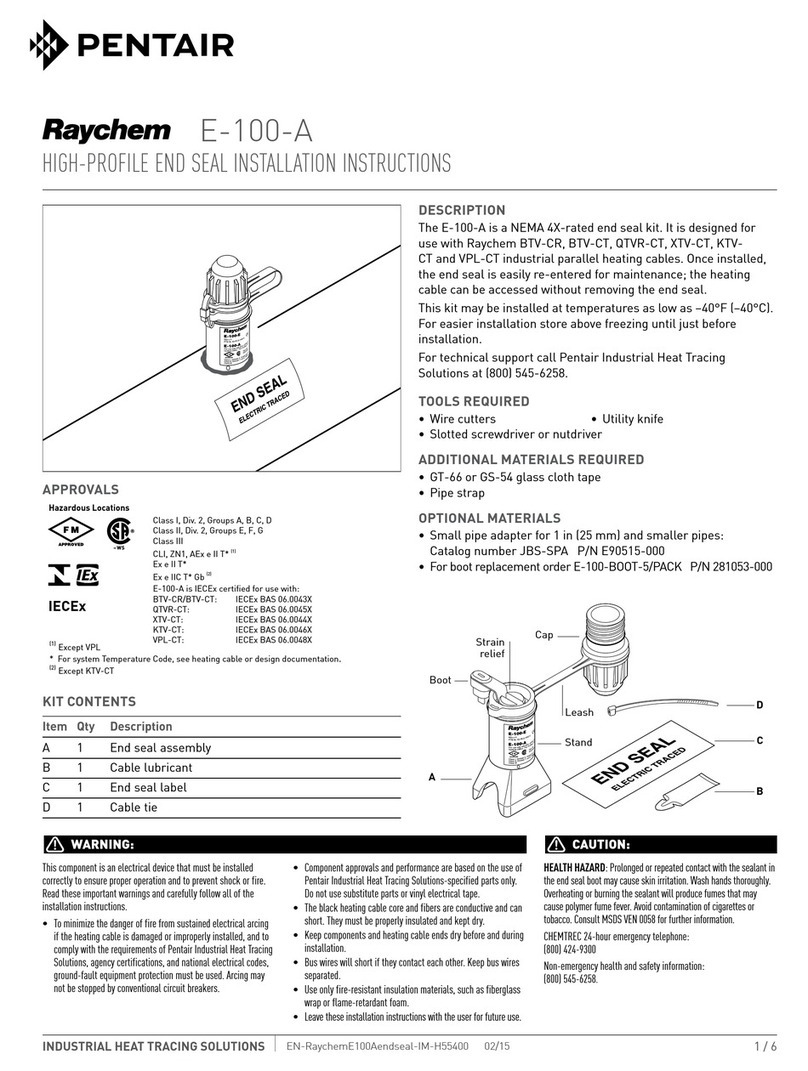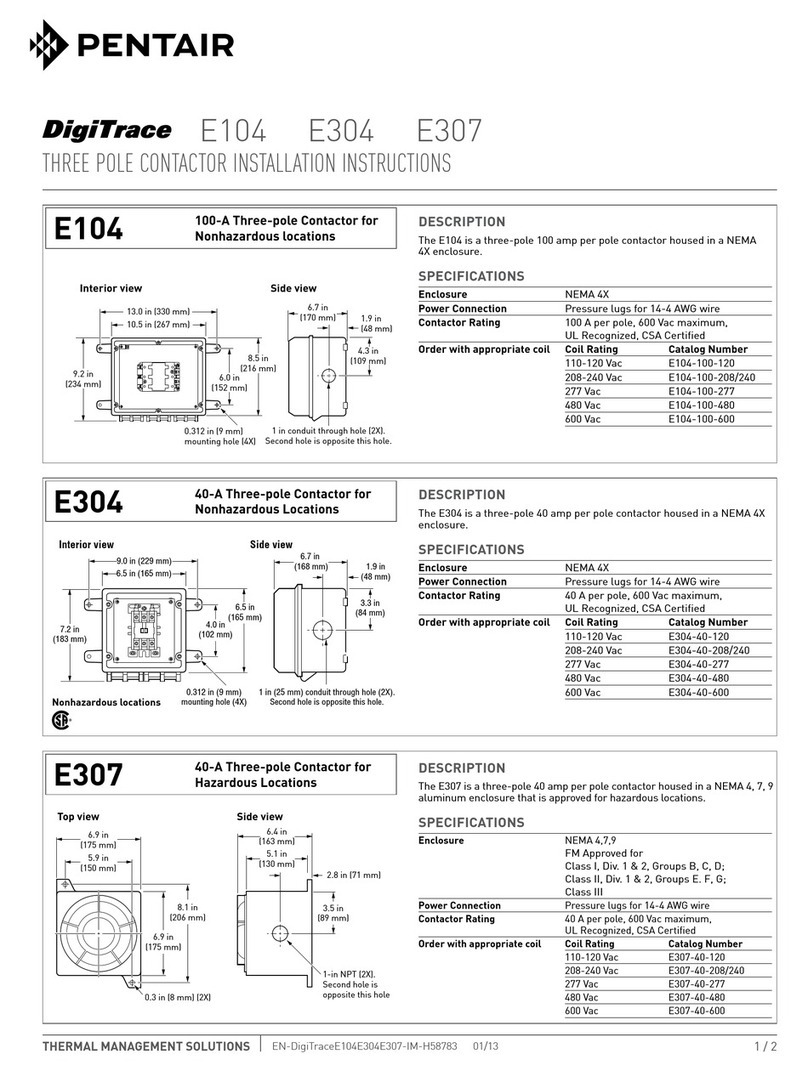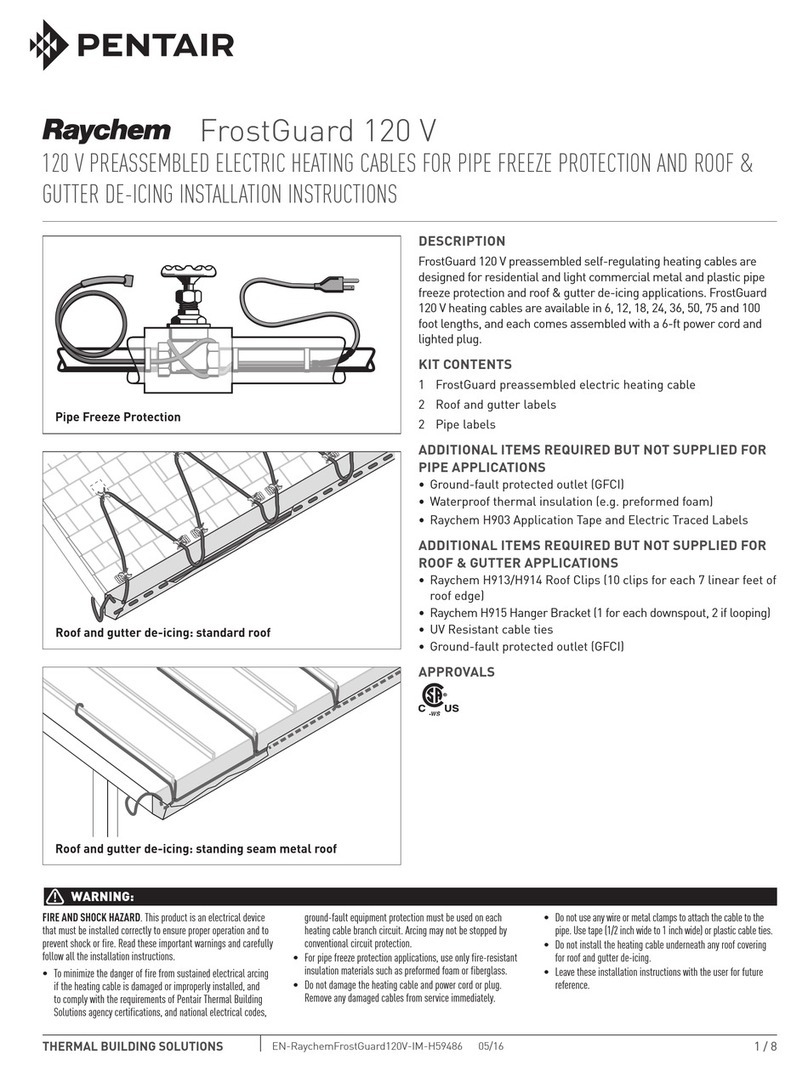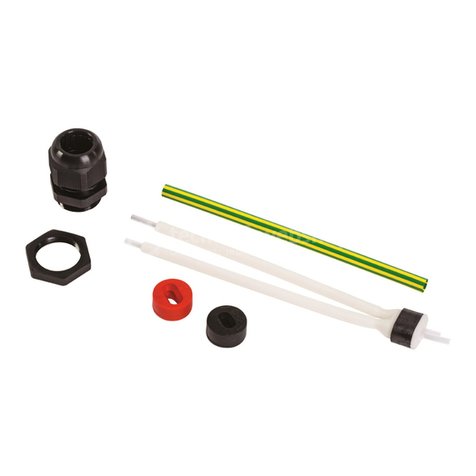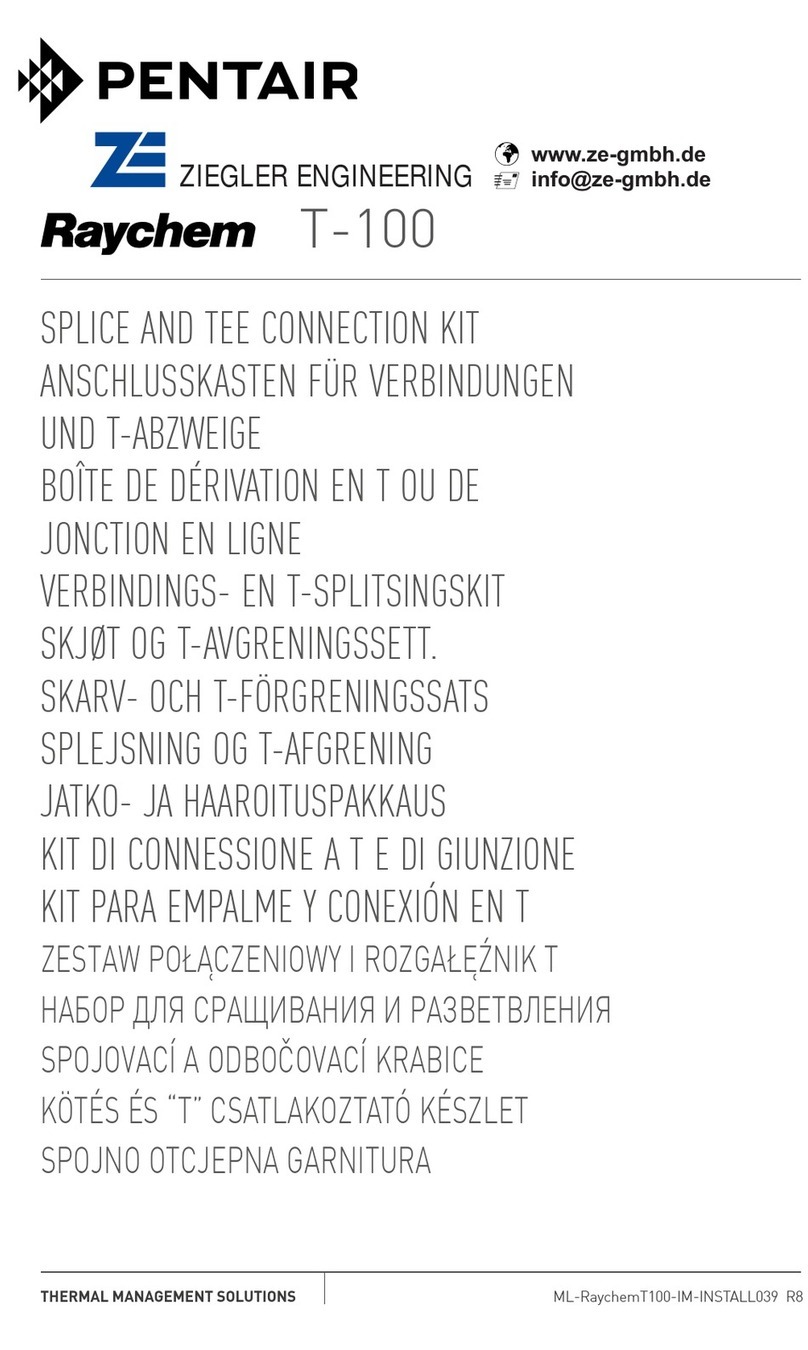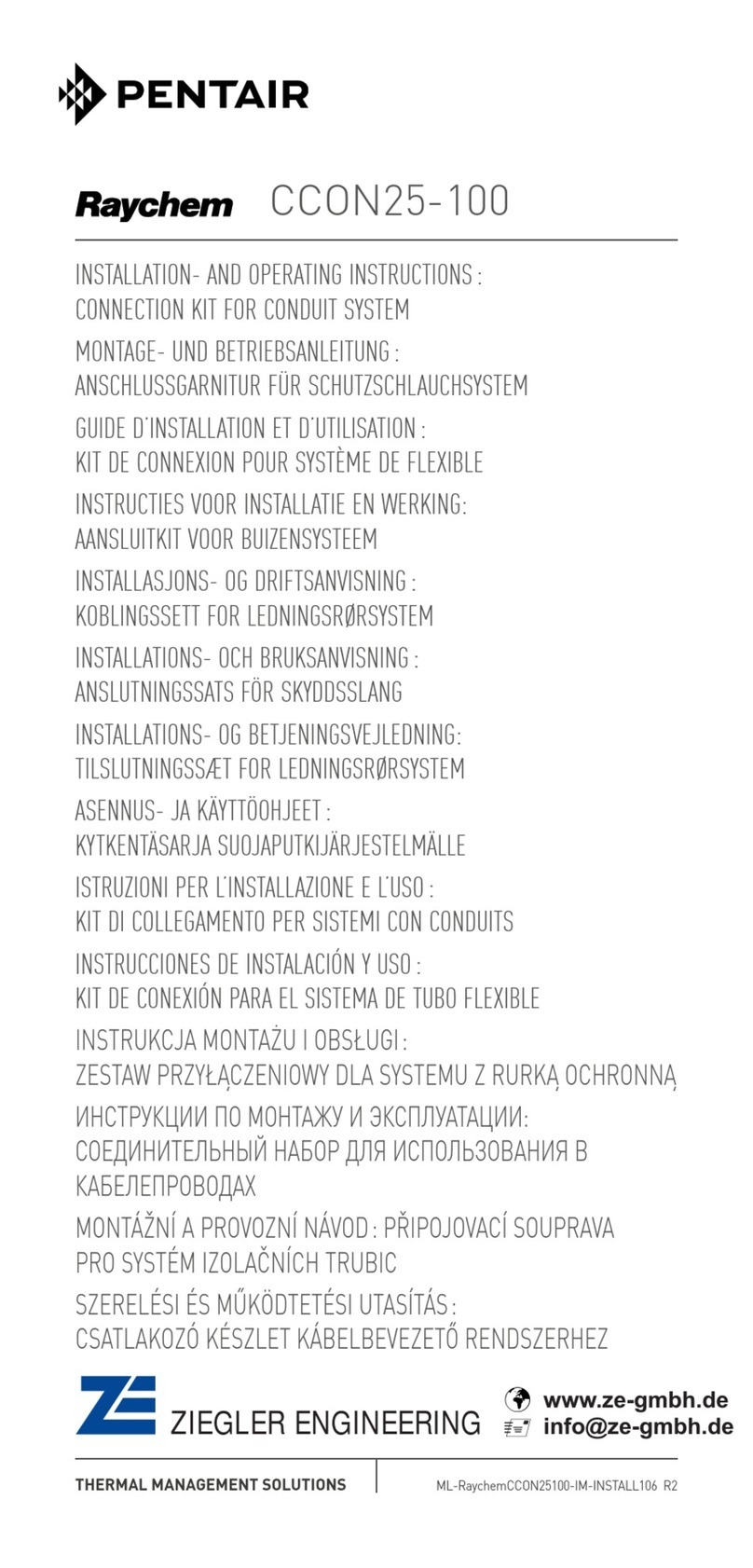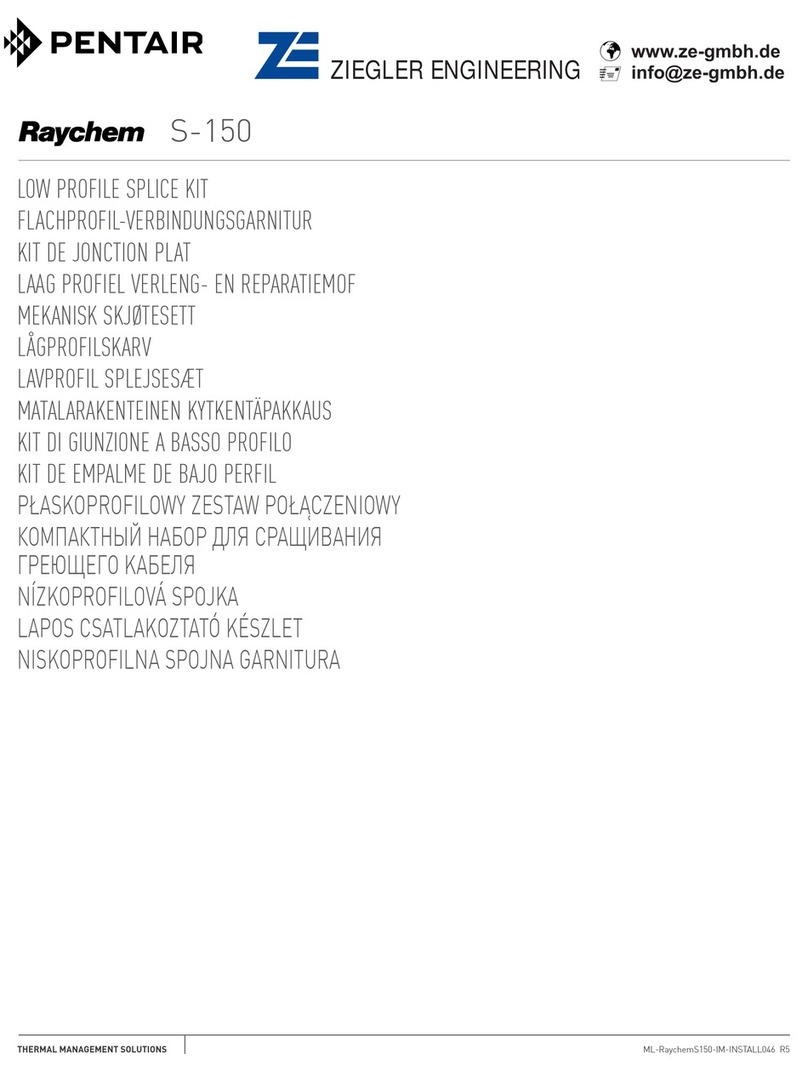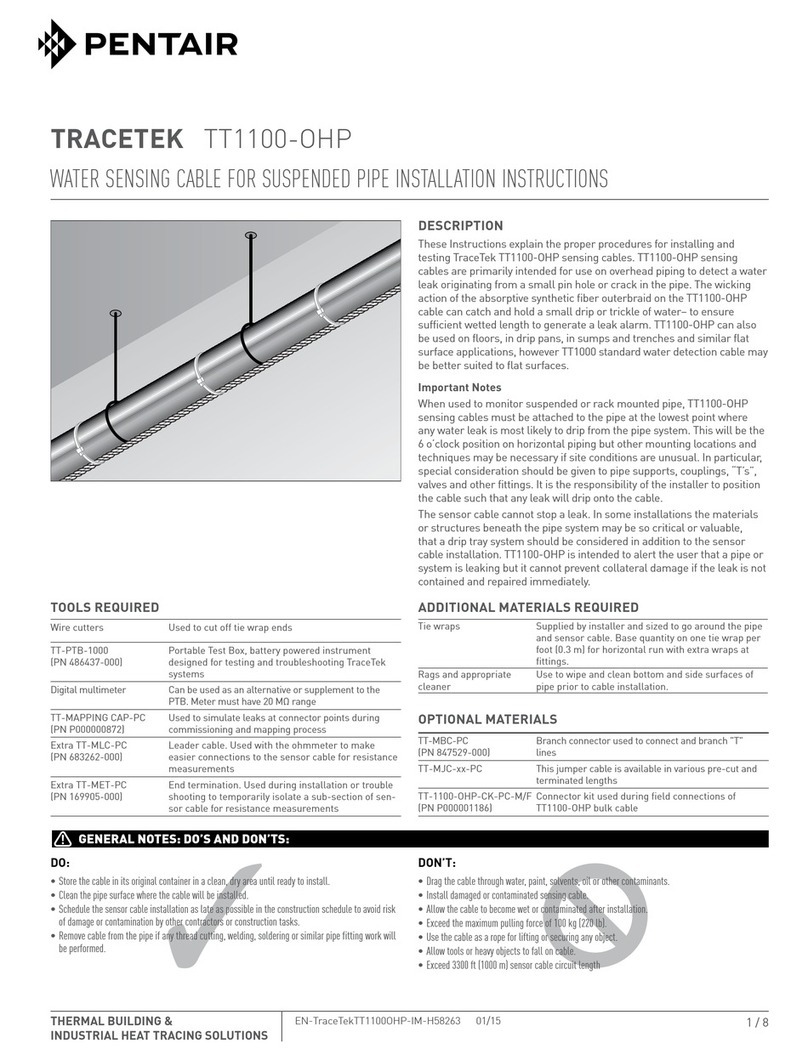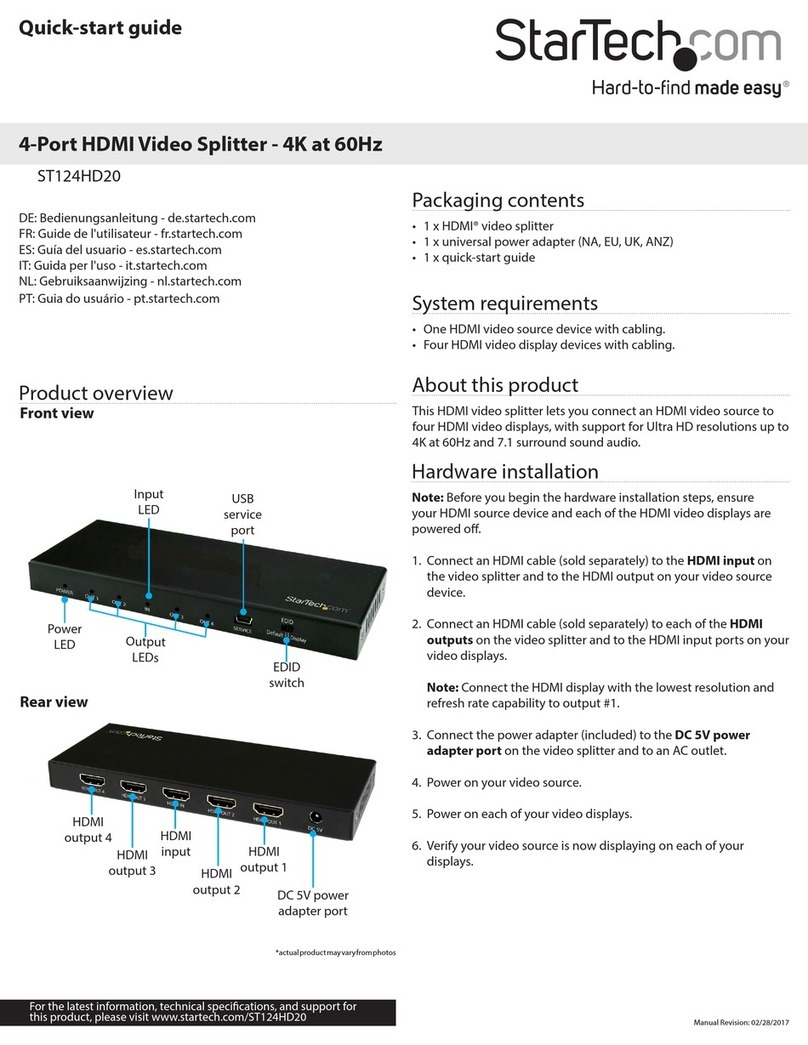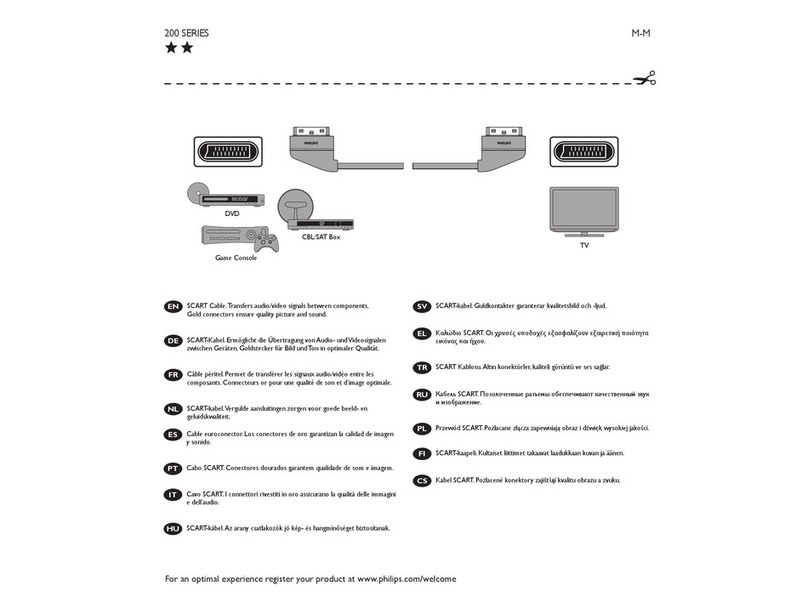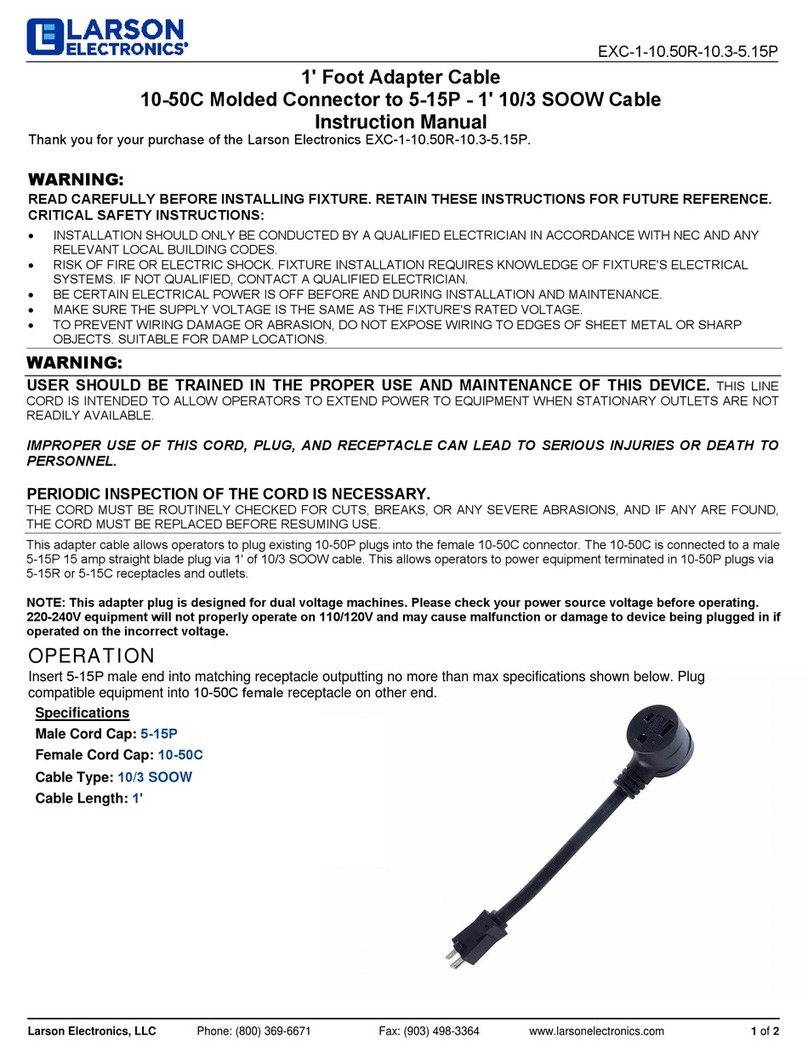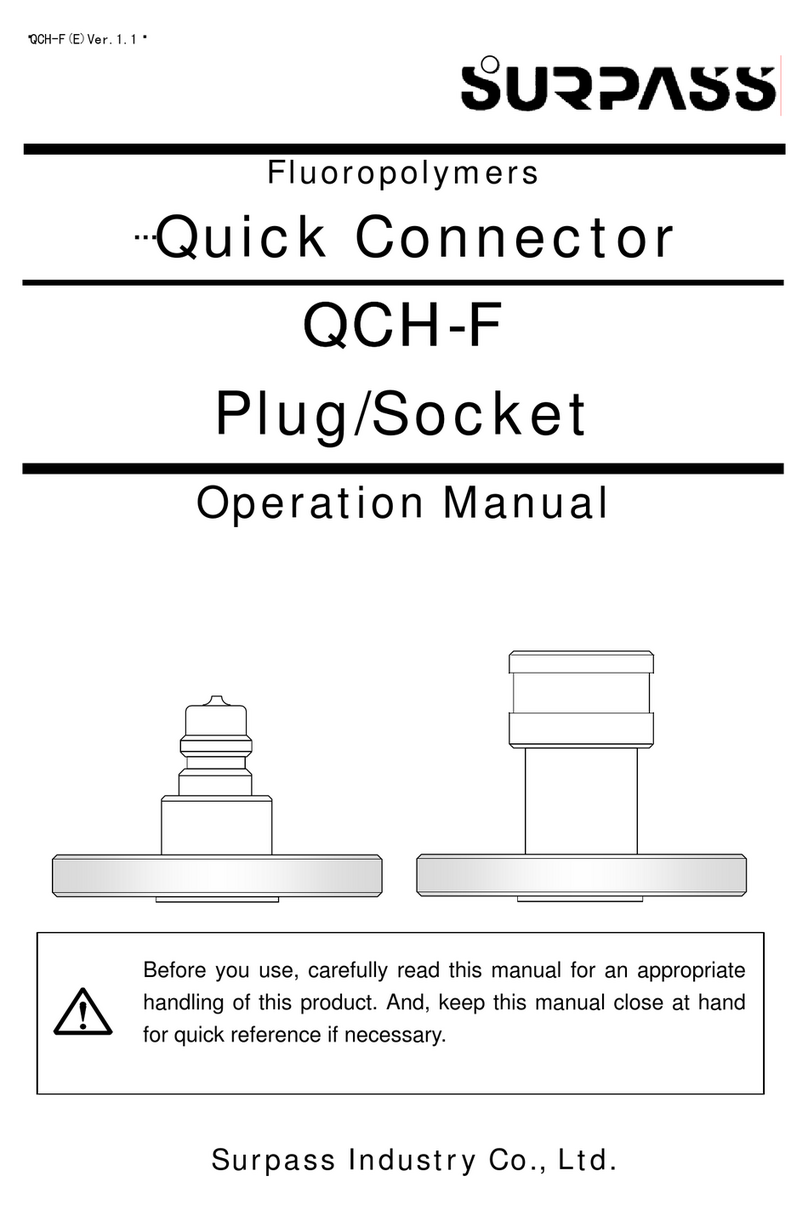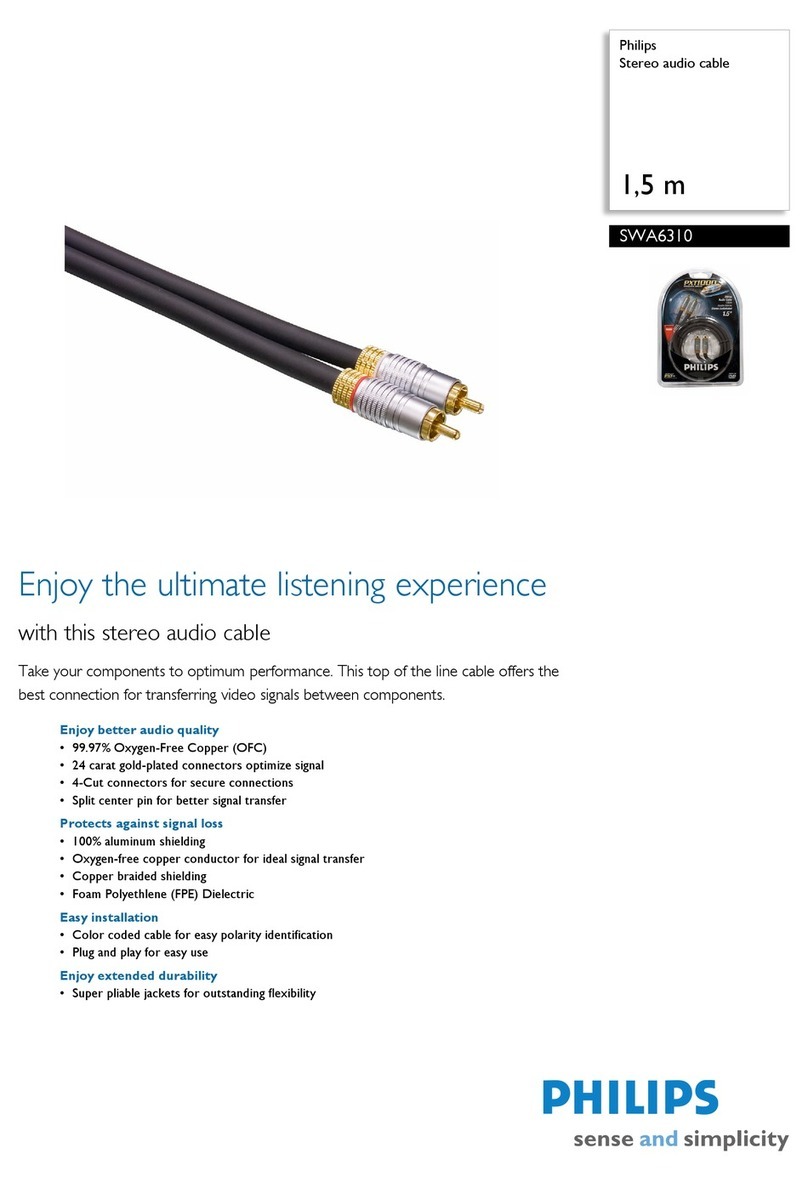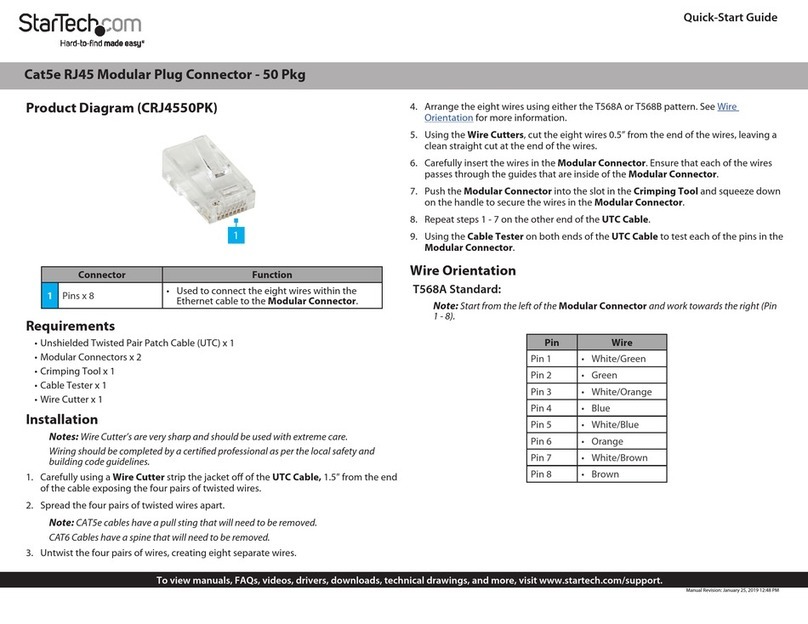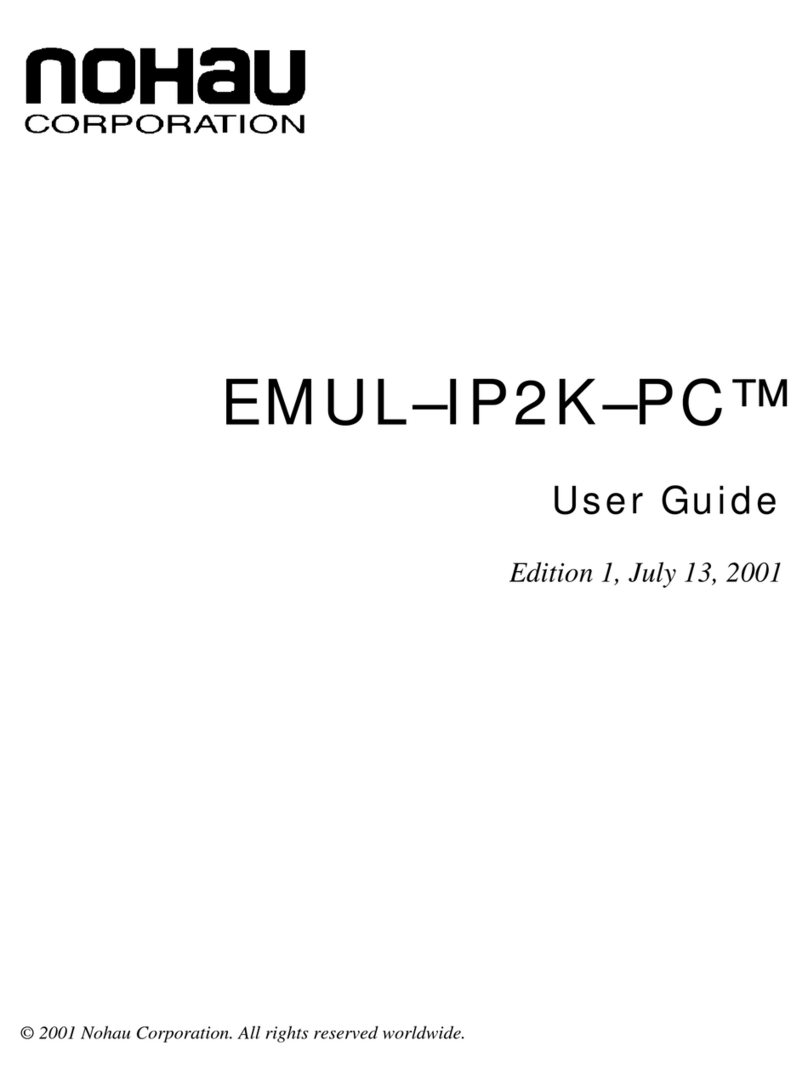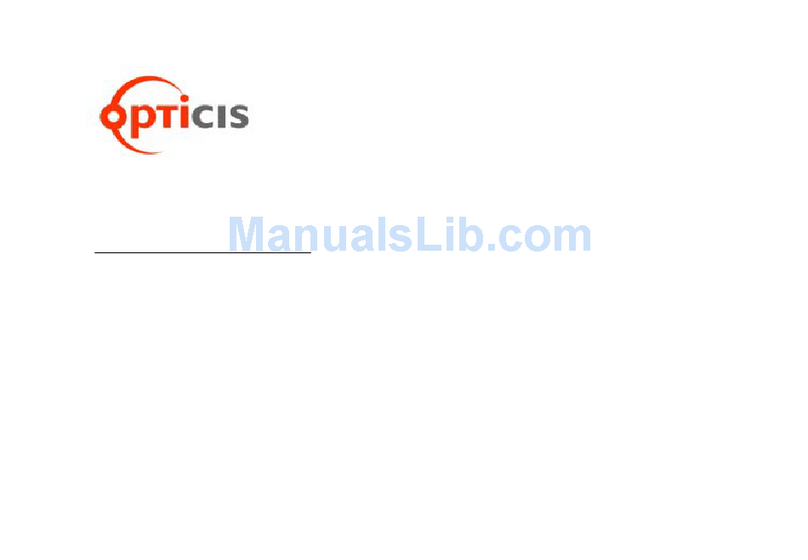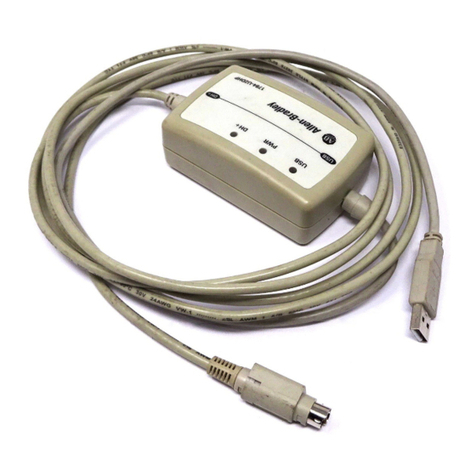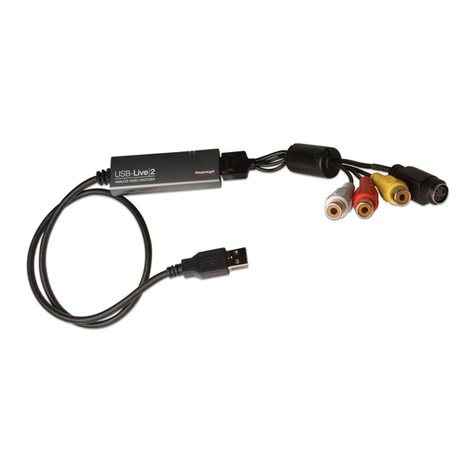
DANGER - HIGH PRESSURE DEVICE
Page 1 of 6
40E60 Brackish RO Pressure Vessels
User's Gui e
This vessel may cause loss of life, severe bodily harm, or property damage if not correctly installed, operated and
maintained. Read and understand all guidelines given in this bulletin before attempting to open, operate or service
this vessel. Failure to follow these guidelines and observe every precaution will result in malfunction and could
result in catastrophic failure. Misuse, incorrect assembly, or use of damaged or corroded components can result
in high velocity release of the end closure. We recommend that only a qualified technician experienced in servicing
high pressure hydraulic systems open, close and service this vessel.
Do not operate vessel at pressures and tempera
tures in excess of their specific rating.
Do not service any component until you verify that
pressure is fully relieved from the vessel.
Do not... Use corroded components. Use of such
components may result in catastrophic
failure.
Do not pressurize vessel until after visually
inspecting to ensure that the spiral retaining
ring is correctly installed.
Do not tolerate leaks or allow end closures to be
routinely wetted in any way.
Do not use excessive silicone lubricant.
Do not pressurize vessel without element in
place unless permeate ports are plugged
internally.
Do not overtighten fittings in ports.
Do read, understand, and follow every guide
line in this bulletin. Failure to take every
precaution may void warranty and could
result in catastrophic failure.
Do install in an area where a vessel or piping
malfunction that results in water leakage
would not damage sensitive or expensive
equipment, such as electronic components.
Do verify that head locking components are
properly placed and secured.
Do inspect end closures regularly, replace
deteriorated components, and correct
causes of corrosion.
Do follow membrane element manufacturer's
recommendations for loading elements into
vessel (see Replacing Elements).
The 40E60 RO Pressure Vessel Housings are
designed to be used in water desalination systems. Any
make of 4 inch nominal diameter spiral wound ele
ment may be used. The vessels utilize a fiberglass
reinforced plastic shell for superior corrosion resis
tance. However, metallic parts of the vessel may be
subject to corrosion, which can result in an unsafe
condition. The fiberglass shell can be damaged by rigid
clamping, impact, scratches or abrasion.
The information and guidelines incorporated in this
User's Guide are intended only as a supplement to good
industrial practice. Full responsibility for correct opera
tion and maintenance of vessel remains with the user.
This guide should be used in conjunction with drawing
number 518017.
When properly installed and maintained, 40E60
vessels can be expected to provide safe operation over
a long service life.
General Information
Important Safety Precautions
Product Bulletin 526004 Rev. A
40E60 User Guide Rev A Updated 05/26/2000 ECN 8620
CodeLine_Vessel_40E60_user_D500
